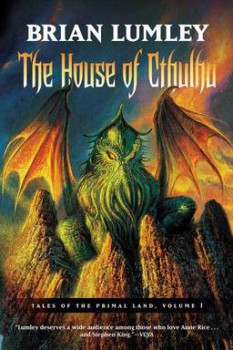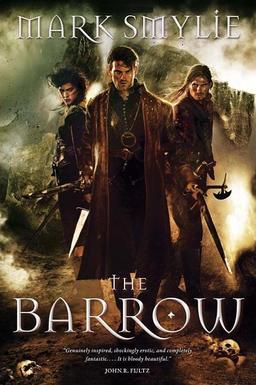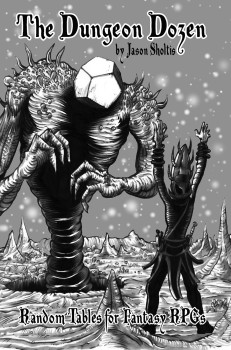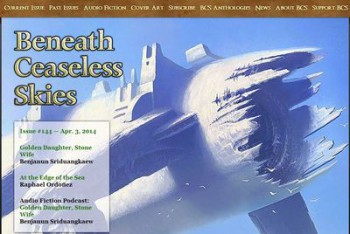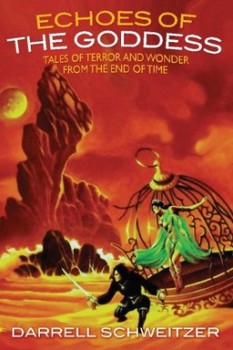Roleplaying Game Review: Fate and Fate Diaspora
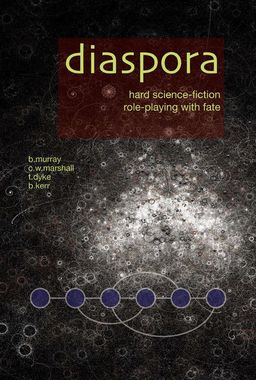 This weekend, I shall be attending Conpulsion, the massive yearly gaming convention held in Edinburgh, Scotland. Mostly, I’ll be teaching a plotting and outlining workshop and demonstrating Historical European Martial Arts. If you’re attending, keep an eye open for me! (I’m the tired dad with the swords.)
This weekend, I shall be attending Conpulsion, the massive yearly gaming convention held in Edinburgh, Scotland. Mostly, I’ll be teaching a plotting and outlining workshop and demonstrating Historical European Martial Arts. If you’re attending, keep an eye open for me! (I’m the tired dad with the swords.)
FATE is basically the Linux of the gaming world. Its core system is a product in its own right, but people are also free to base their own systems on it, a classic example being the award-winning Hard SF Diaspora.
Articulate, sometimes witty, always enthusiastic, both these roleplaying games appear to have been written by grown-ups who like roleplaying more than they like rules, but still want their roleplaying to be an actual game.
It helps that the core FATE system abstracts everything to four basic actions — Overcome, Create an Advantage, Attack, and Defend — and five categories of parameters — Aspects, Skills, Stunts, Stress Tracks, and Consequences.
This means that, instead of yesteryear’s lovingly created baroque edifices of subsystems, FATE games are as recursive and intuitive as a modern software package. For example, characters, weapons, ships, and space ships all have the five kinds of parameters and can be involved in the four actions.
FATE Core lends itself easily to pick up games. Last weekend, armed with a one-page dungeon adventure and some hastily created “Fudge Dice,” I GM’d my son Kurtzhau and DeeM (both 10) and Morgenstern, my daughter (6!). The character generation was a hoot (much like my experience with Diaspora) and gave us respectively a disillusioned veteran mercenary, a thief masquerading as a squire, and an axe-wielding barbarian princess. The resulting Aspects, especially “Can’t abide an unfair fight,” “Nobody runs from my crossbow,” and “I like shiny things,” generated drama and dilemmas without much effort on my part. In truth, the party got nowhere near the dungeon, but did have to flee a warlord after the thief stole his magic gem.
